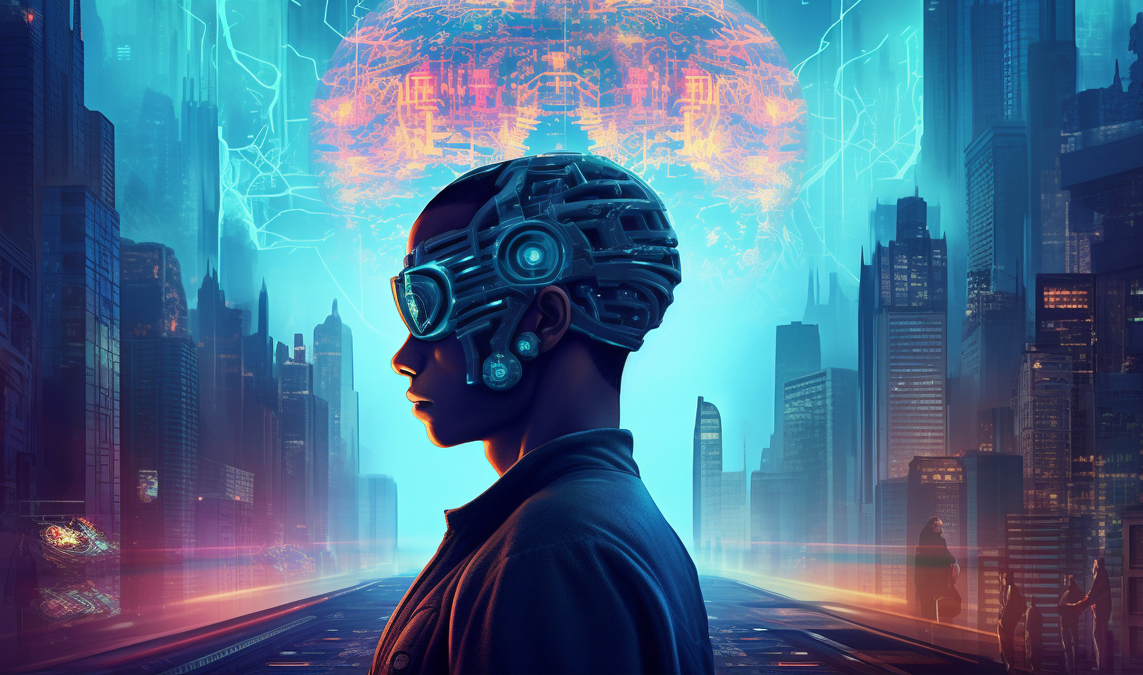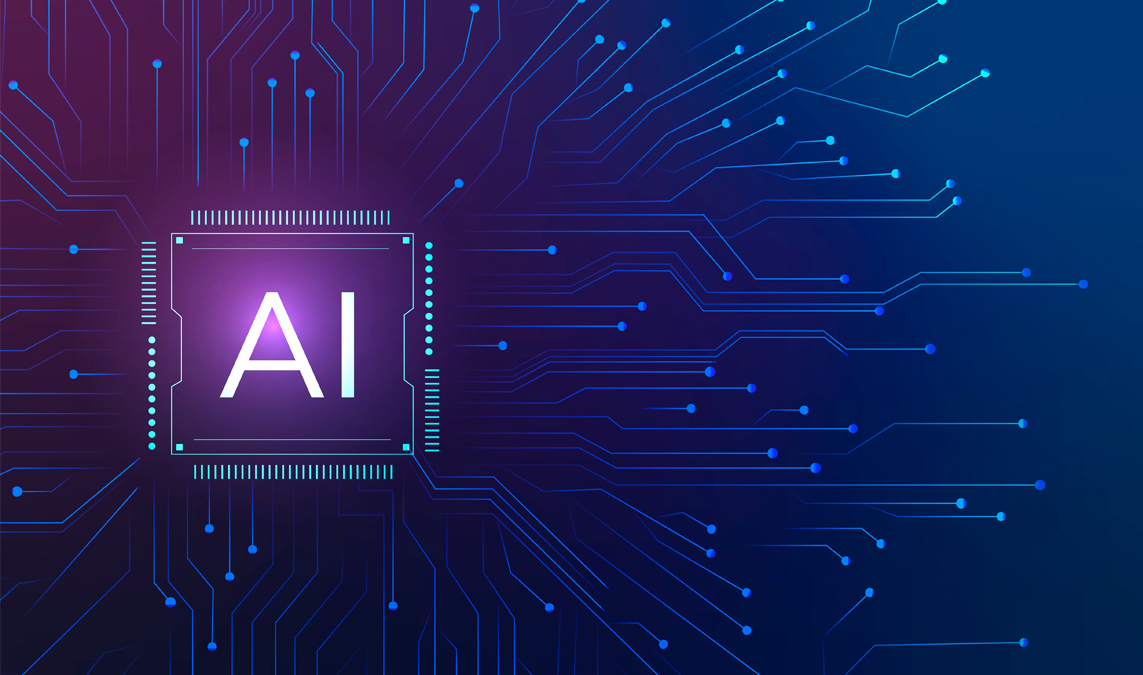Artificial Intelligence (AI) continues to revolutionize the way we live and work. From voice assistants to self-driving cars, intelligent systems are increasingly becoming part of our daily routines. At the heart of these systems are intelligent agents — software entities capable of perceiving their environment and taking action to achieve goals. Understanding agent types in AI is crucial for anyone looking to explore or build within this dynamic field.
In this article, we will break down the most important agent types in AI, explain how they function, and explore real-world applications. Moreover, we’ll show why choosing the right agent type is vital to success in AI development.
What Are Agents in AI?
Before we dive into specific agent types in AI, it’s essential to understand what an AI agent actually is. In simple terms, an agent in AI is anything that can perceive its environment through sensors and act upon that environment through actuators. These agents are designed to solve problems, learn from data, and make decisions with or without human intervention.
AI agents are categorized based on their complexity, decision-making capability, and autonomy. Selecting the appropriate agent type plays a critical role in ensuring system efficiency and performance.
Why Agent Types Matter
Selecting the correct agent types in AI is not just about technical configuration. It fundamentally shapes how an AI system learns, adapts, and performs tasks. Some agents are reactive and quick, while others are more deliberative and capable of long-term planning. For example, an AI chatbot may use a simple reflex agent, whereas an autonomous vehicle may require a goal-based or even a learning agent.
Thus, understanding these distinctions is essential for aligning AI capabilities with project requirements. Fortunately, AI agent types fall into five main categories, each with unique traits.
1. Simple Reflex Agents
The most basic among agent types in AI is the simple reflex agent. These agents function based on condition-action rules. They respond to specific inputs with predetermined outputs, without memory or learning capability.
Example:
A thermostat that turns on heating when the room temperature drops below a set value.
Pros:
Fast response time
Easy to implement
Cons:
No learning or adaptability
Can’t handle complex environments
Despite their limitations, simple reflex agents are still useful in static or predictable environments.
2. Model-Based Reflex Agents
The model-based reflex agent builds on the simple reflex agent by adding a form of internal state or memory. This allows it to handle partially observable environments more effectively.
Example:
A robotic vacuum cleaner that remembers room layouts to improve cleaning paths.
Pros:
Better performance in dynamic environments
Capable of managing incomplete data
Cons:
More complex implementation
Still lacks goal orientation
This type of AI agent is particularly useful in scenarios where sensory data is incomplete or constantly changing.
3. Goal-Based Agents
As we progress in complexity, goal-based agents come into play. These agents make decisions based on a desired goal and use search and planning algorithms to reach it. They do not just react; they calculate the best path to success.
Example:
A GPS navigation system that finds the fastest route to a destination.
Pros:
More flexible and strategic
Can evaluate multiple action paths
Cons:
Requires additional computation
Goal formulation must be precise
Among all agent types in AI, goal-based agents are essential in systems requiring adaptability and decision-making flexibility.
4. Utility-Based Agents
Utility-based agents take it one step further by introducing a utility function. This function measures the agent’s happiness or satisfaction with different outcomes. These agents can make trade-offs and choose the most beneficial actions, even under uncertainty.
Example:
An AI that recommends personalized products based on user preferences and past behavior.
Pros:
Can weigh costs and benefits
Handles uncertainty better
Cons:
Requires complex utility models
Computationally expensive
These agents are popular in e-commerce, healthcare, and personalized digital experiences.
5. Learning Agents
The most advanced among agent types in AI is the learning agent. These agents can learn from past experiences and adapt their behavior over time. They improve performance autonomously, often using machine learning techniques.
Example:
AI algorithms in fraud detection systems that evolve with new fraud patterns.
Pros:
Self-improving
Highly adaptive
Cons:
Risk of overfitting
Requires significant data
Learning agents are ideal for environments where change is constant and data is abundant. They represent the cutting edge of artificial intelligence systems today.

Real-World Applications of Agent Types in AI
From smart home devices to enterprise-level decision engines, agent types in AI are embedded in countless modern technologies:
Retail: Learning agents optimize inventory based on trends.
Healthcare: Utility-based agents recommend treatments based on patient data.
Logistics: Goal-based agents plan efficient delivery routes.
Finance: Reflex agents scan for high-frequency trading signals.
Each use case benefits from the strengths of different agent types, making them highly specialized but broadly applicable.
Conclusion
To build smarter, more capable systems, it’s essential to understand the various agent types in AI. Each type offers a unique approach to perception, decision-making, and action. Whether you’re a developer, business leader, or curious enthusiast, knowing these distinctions empowers you to make informed AI choices.
As AI continues to evolve, so too will these agents — becoming more autonomous, intelligent, and integrated into our world. Therefore, now is the time to grasp these fundamentals and harness their potential.







